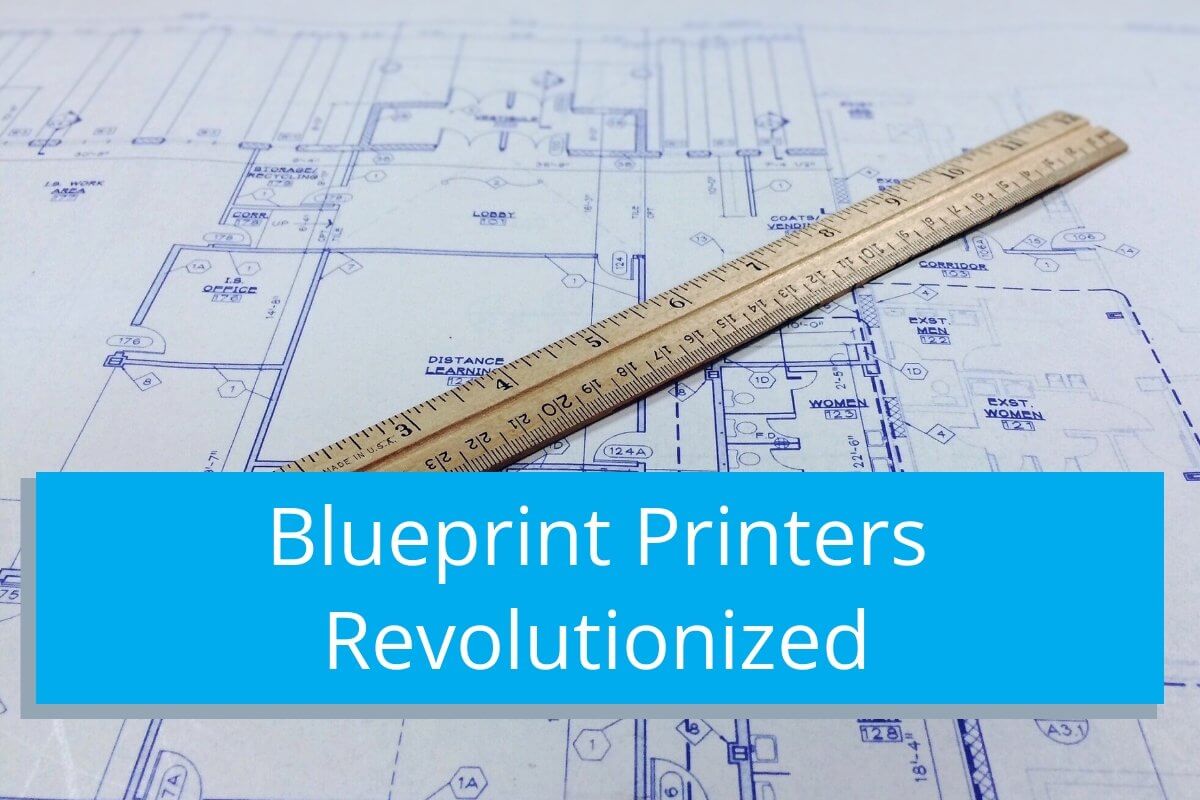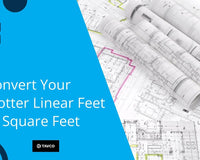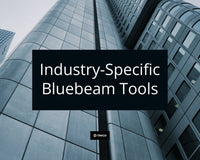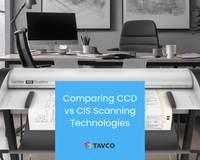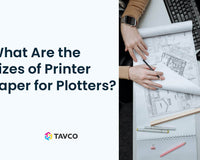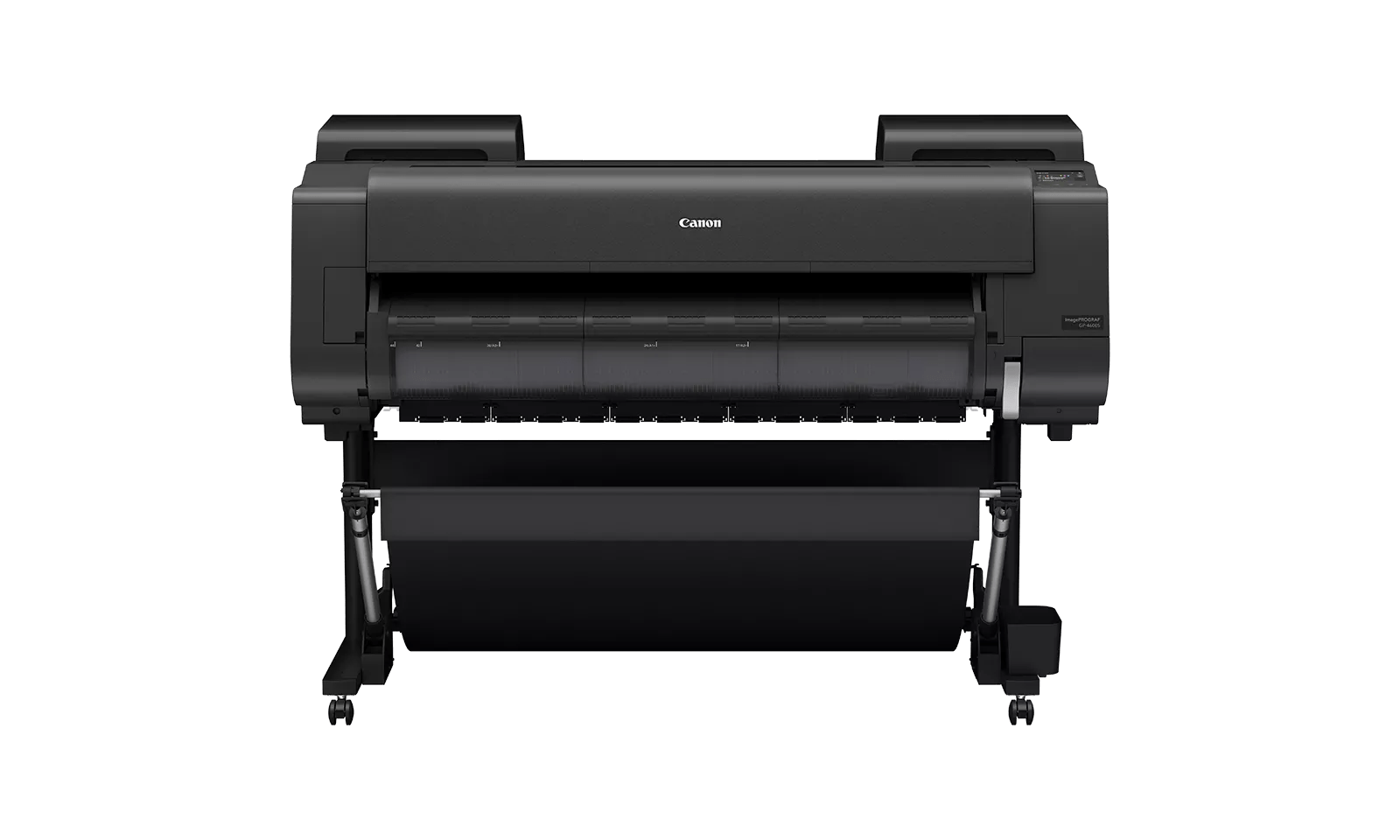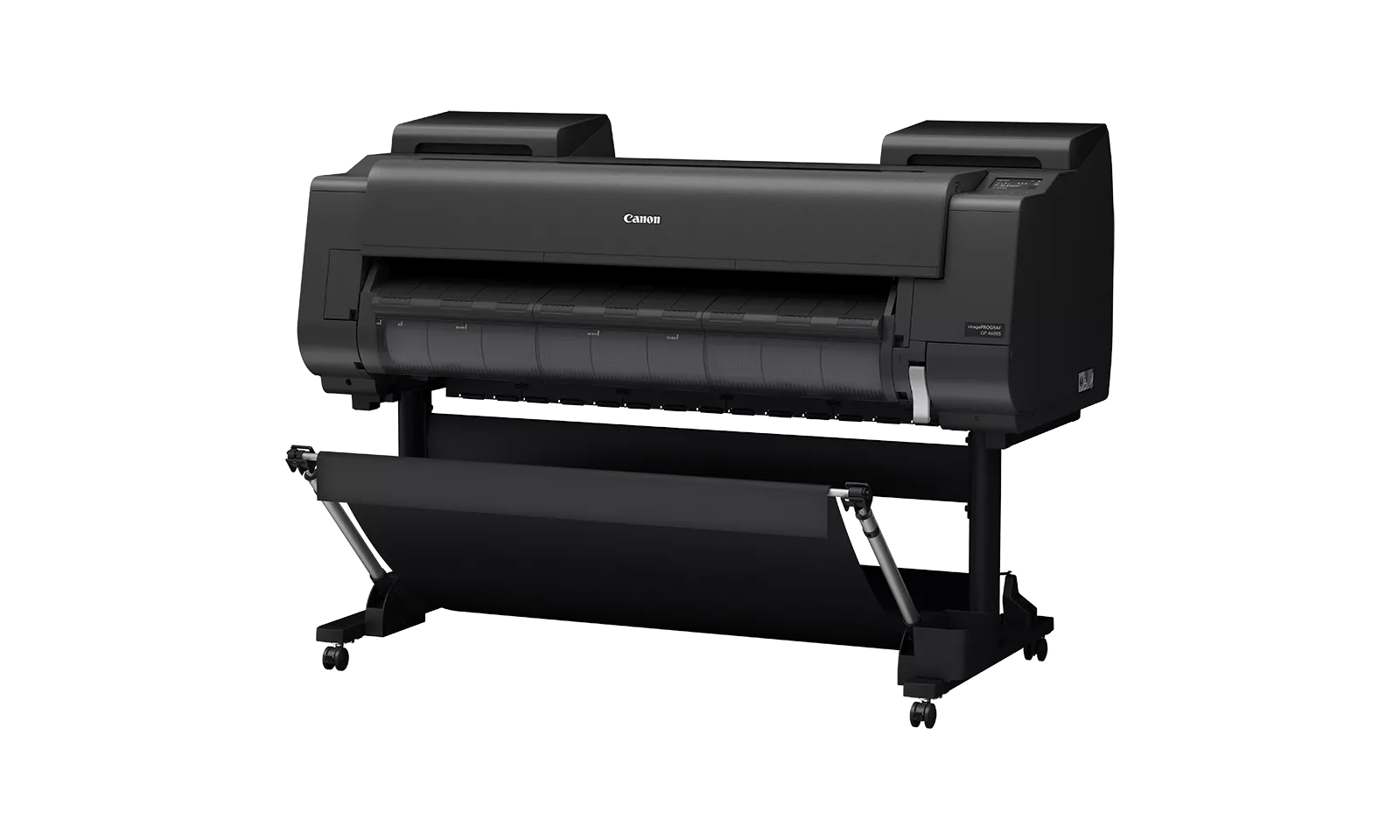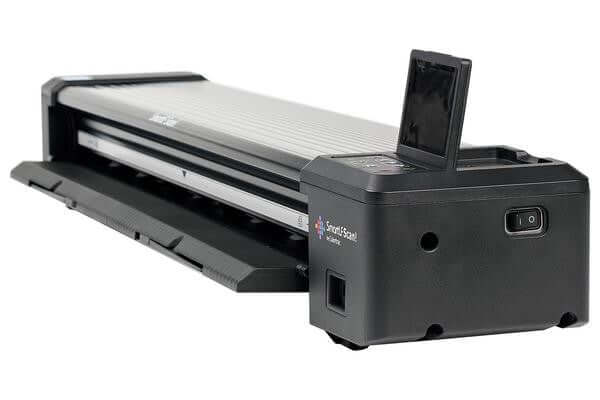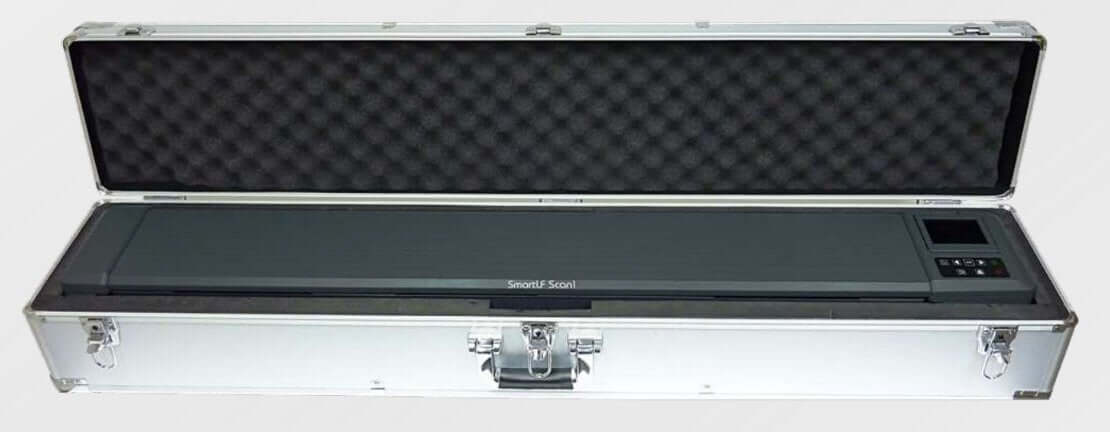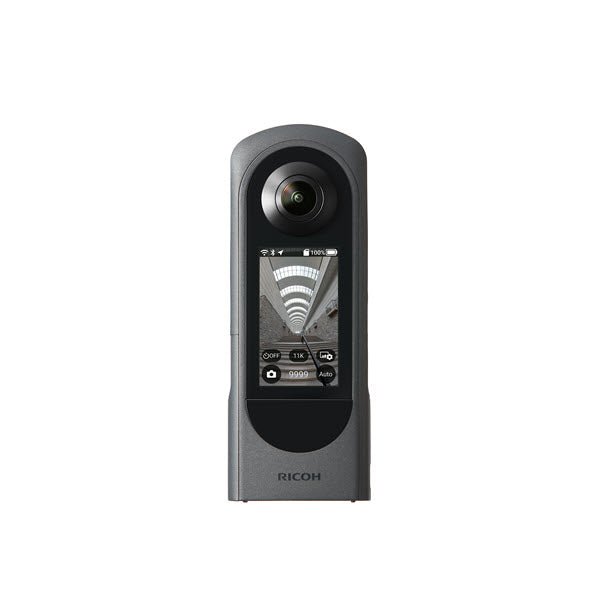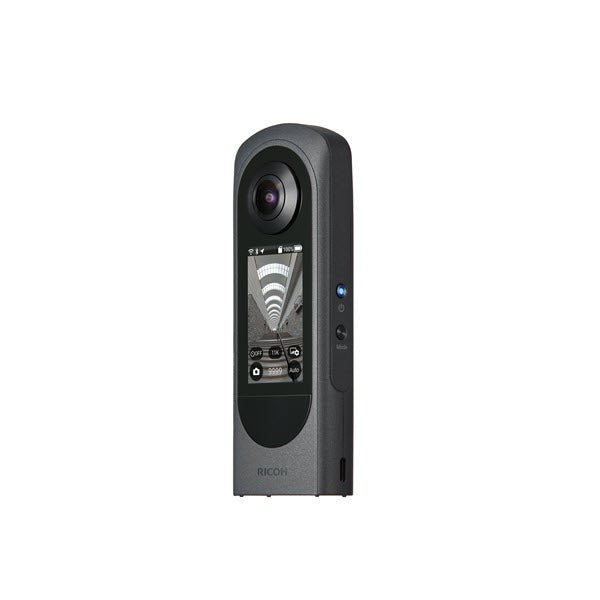The Evolution of Blueprint Printers: From Diazo to Modern Inkjet Plotters
In the architecture, engineering, and construction (AEC) industries, the term "blueprint printer" carries a nostalgic connotation, harking back to diazo process printing. This method, dating back to the 1890s, was known for its characteristic smell of ammonia and the reliance on a negative image original drawing.
What was Diazo?
The name 'diazo' is derived from diazonium salts, the crucial element in the chemical reaction that allows images to transfer onto paper or other media. The diazo process starts with laying a sheet of light-sensitive blueline paper over a master copy and exposing it to ultraviolet light.
This light exposure would indicate where the master drawing blocked the light, indicating lines on the sheet. The final step of exposing the sheet to ammonia would complete the development of the image. The result was the impression of a line drawing and a void in the rest of the area.
Despite its efficiency for its time, the diazo process had its limitations. While quick to produce, the prints were less sharp and durable than those created with modern technology.
Also, the process required ammonia, proper ventilation, and technical blueprint paper that required special storage. The scent of ammonia also tended to linger on the sheets for long periods.
Furthermore, environmental concerns over the use of ammonia led to a search for safer and more versatile printing technologies, eventually culminating in the advanced large-format inkjet plotters we see today. Digital workflows, inkjet, and toner plotters replace this dated method.

Interested in leveling up your printing technology? Contact a TAVCO specialist
Transitioning to a New Era
Though diazo imaging was an AEC industry standard, its technological changes forced it to evolve to more advanced printing techniques. Around the late 1990s, the emergence of computers and CAD systems marked a significant shift.
What Replaced Diazo Blueprint Printers?
Digital workflows led to large-format inkjet plotters becoming the norm. Early models such as the HP DesignJet series and Encad CadJet showed the paradigm shift away from blueline machines.
Today, advanced units like the Canon TM-355 series, HP DesignJet XT950, and HP DesignJet XL-3800 Lite Production MFP continue to revolutionize the production of architectural drawings.
What Types of Media Can Modern Inkjet Plotters Print On?
Unlike the diazo printers, which are limited to certain paper types, today's inkjet machines can print on various media types, including paper, film, vinyl, and canvas.
This kind of dynamic printing expands the role of a large-format plotter in the modern AEC office. In addition to printing bid sets, check prints, and drawings for the field, they are also utilized for marketing purposes.
Today, printing stunning trade show banners, aerial photos, and other marketing materials is just as easy as producing standard black-and-white drawings. This flexibility allows professionals to select the best medium for their project needs, adding another layer of customization and quality to their work.

Efficiency: Modern Blueprint Printers vs. Diazo Machines
Honestly, there is no comparison. Diazo blueline is an antiquated technology that no one uses anymore. Reproducing diazo drawings was a manual activity requiring a user to be around unpleasant ammonia fumes for long periods.
New digital workflows and remote work require users to quickly and easily print their drawings from anywhere. Also, the new generations of plotters are full-color machines that enable users to print everything from blackline drawings to maps to eye-popping posters.
Their ability to quickly produce high-resolution prints at the touch of a button minimizes time spent on the manual tasks of reproducing drawings. It allows professionals to focus more on their primary duties.
Expanding Horizons: Beyond AEC
Looking beyond traditional AEC applications, modern large-format printers have found their place in interior design, urban planning, and educational settings. The precision and versatility of the latest generation of large-format printing equipment aid in various professional and academic projects, showcasing the utility of these printers in diverse contexts.
Embracing Environmental Stewardship
In tandem with technological advancement, there's been a concerted shift towards environmental responsibility. Modern printers reduce harmful chemical use and are more energy-efficient, showcasing how technological progress can align with ecological mindfulness. Conversely, ammonia is now classified as hazardous and banned by most common carriers, so shipping it is challenging.
Blueprint Printers Takeaways
Reflecting on the evolution of "blueprint printers," we can appreciate how far we've come. We've transitioned from smelling ammonia in a print room to producing high-resolution prints instantly—a transformation that has streamlined processes, enhanced quality and boosted efficiency in the AEC industry.
Today's large-format printers, while advanced, are remarkably user-friendly. Printing a detailed architectural plan is now as easy as printing a photograph, a simplicity that opens up these powerful tools to a broader range of users.
You Can Count on TAVCO for Blueprint Printers
As we at TAVCO continue to embrace these advancements, we invite you to join us. Whether you're an architect, a student, or a professional in a related field, these technologies offer opportunities to enhance your work and contribute to a sustainable future.
Our team is ready to guide you through these innovations, ensuring your solutions are current and future-ready, marking a journey where precision, efficiency, and sustainability are not just goals but realities.
Ready to take the next step? Chat with a TAVCO specialist today to tailor solutions for your unique needs. 🛒 Or explore our range of products [see navigation menu].
See the new selection of Blueprint Printers

